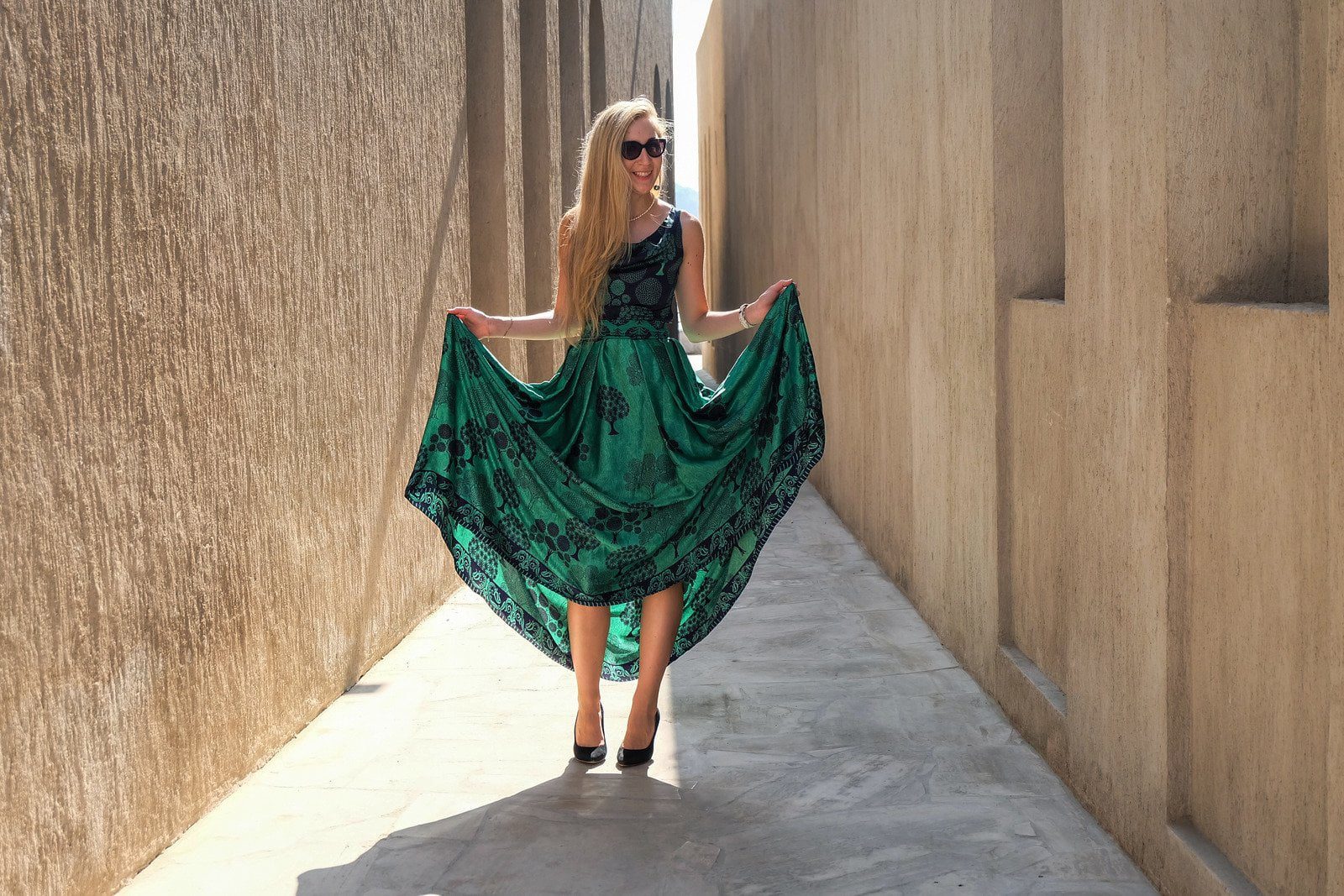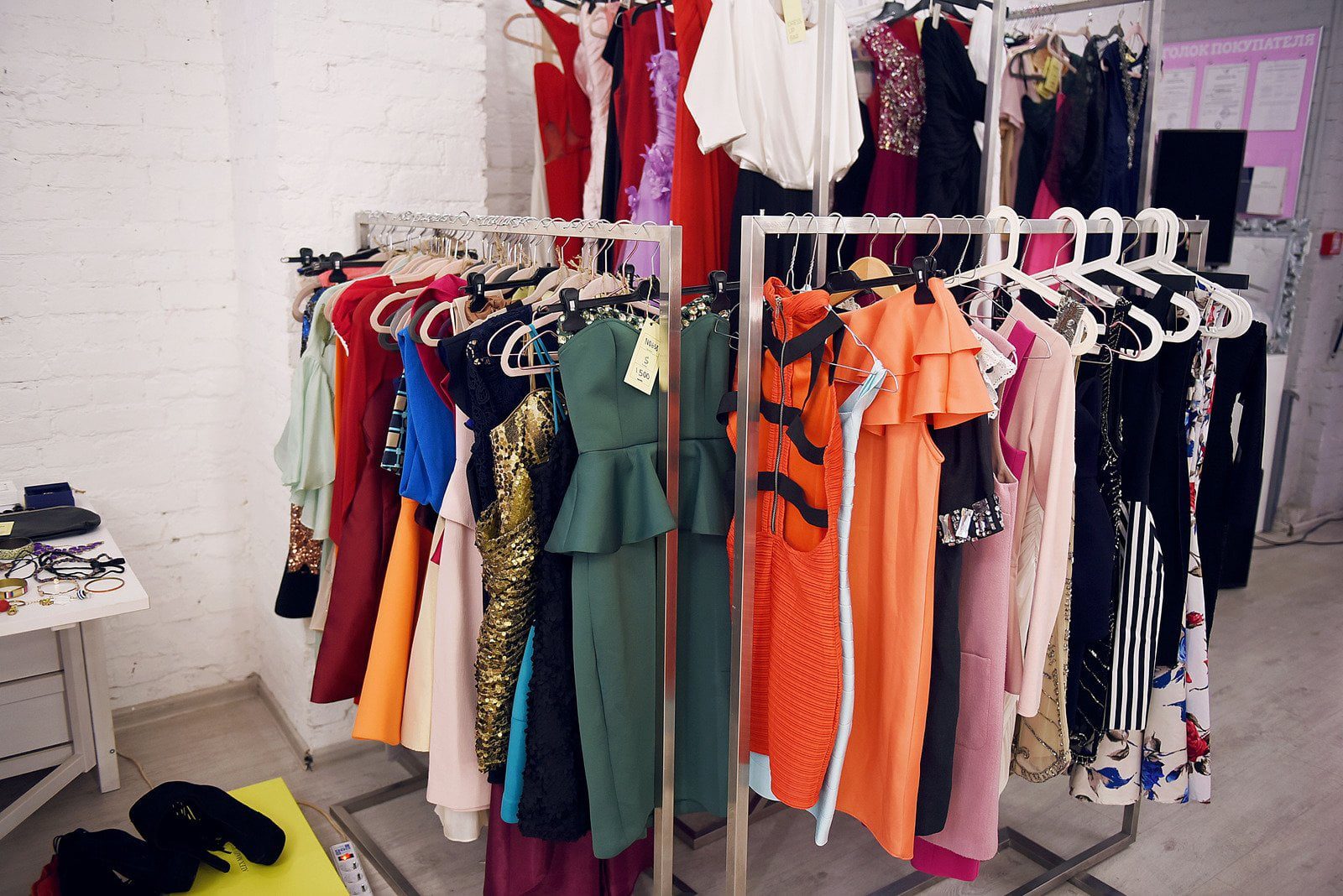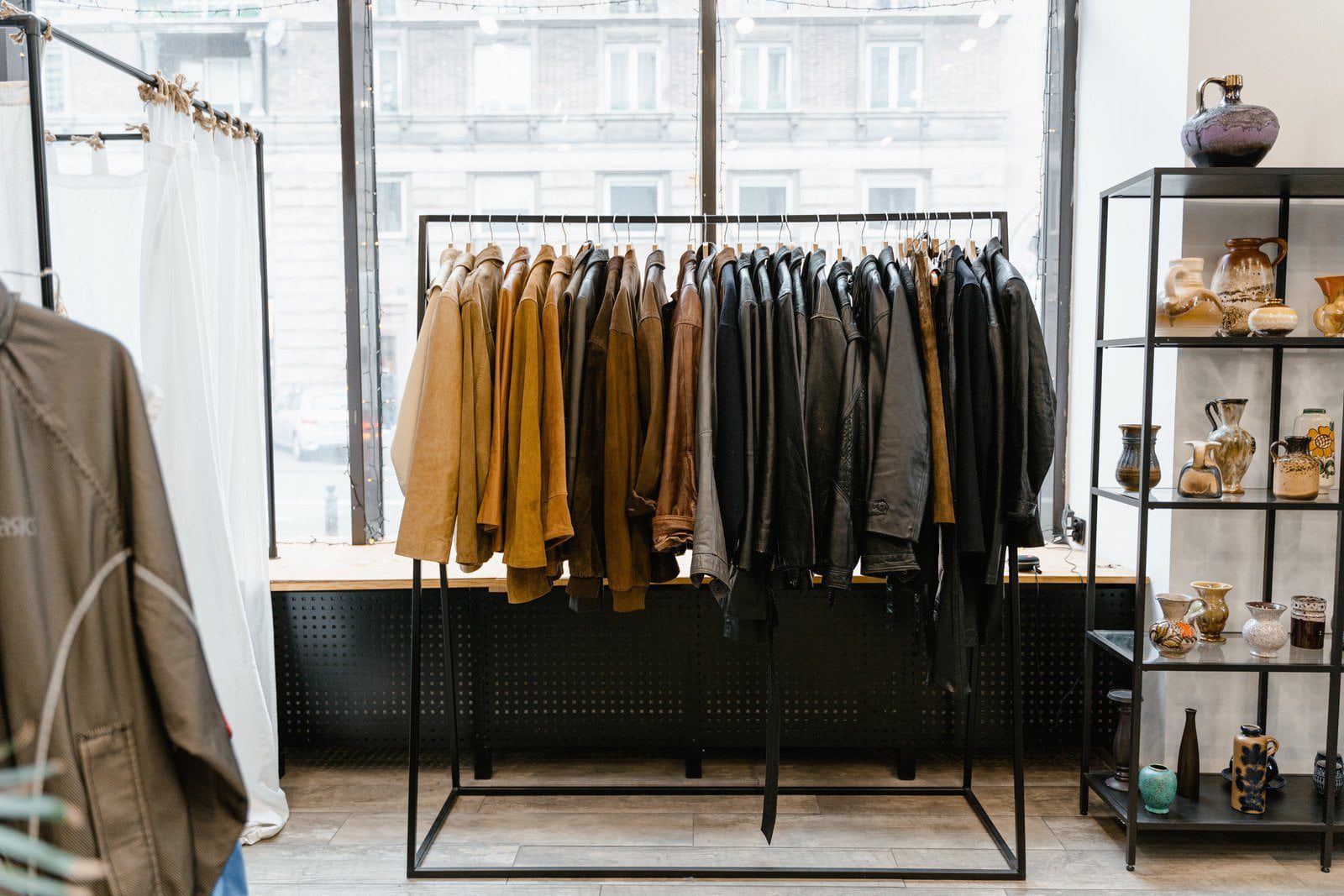The fashion industry has a significant environmental impact. From resource consumption to production processes and textile waste, the need for sustainable practices is paramount. Thankfully, the tide is turning. Consumers are becoming increasingly conscious, and eco-friendly fabrics are taking center stage. This article delves into the world of sustainable materials, explores the environmental impact of traditional fabrics, and equips you to build a wardrobe that’s kind to both the planet and your style.
The Price of Fashion: Unveiling the Environmental Footprint of Clothing
The fast fashion industry’s reliance on cheap, synthetic materials comes at a hefty environmental cost. Here’s a glimpse into the environmental impact of traditional fabrics:
- Conventional Cotton: Cotton production is water-intensive and relies heavily on pesticides and fertilizers, leading to soil degradation and water pollution.
- Polyester and Synthetic Fabrics: Derived from fossil fuels, these fabrics contribute to greenhouse gas emissions and microplastic pollution when they shed microfibers during washing.
- Chemical Dyes and Finishing Processes: Many dyes and finishing processes release harmful chemicals into waterways, creating environmental hazards.
- Textile Waste: Mountains of clothing end up in landfills each year, contributing to the growing problem of waste management.
Understanding the environmental impact of traditional fabrics highlights the importance of embracing sustainable alternatives.
Nature’s Finest: A Guide to Eco-Friendly Fabrics
The world of sustainable fashion offers a plethora of eco-friendly fabrics that are kind to the planet and stylish to boot. Here are some key players:
- Organic Cotton: Grown without harmful chemicals or synthetic fertilizers, organic cotton offers a more sustainable alternative to conventional cotton.
- Linen: A natural and durable fabric, linen requires minimal water and chemicals during production, making it an eco-conscious choice.
- Hemp: This fast-growing plant thrives with minimal resources and produces strong, breathable fibers ideal for various clothing items.
- Tencel (Lyocell): Derived from wood pulp through a closed-loop process, Tencel boasts minimal environmental impact and offers a luxurious feel.
- Recycled Polyester: Made from recycled plastic bottles and other post-consumer waste, recycled polyester reduces dependence on virgin materials and minimizes landfill waste.
- Bamboo: A rapidly renewable resource, bamboo requires minimal water and chemicals for growth and produces soft, breathable fabrics.
- Mushroom Leather: This innovative material utilizes mycelium, the root structure of mushrooms, to create a leather-like material with a significantly lower environmental footprint than traditional leather.
These are just a few examples of the eco-friendly fabrics revolutionizing the fashion industry. By choosing these alternatives, you can contribute to a more sustainable future for fashion.
Beyond the Fabric: Building a Sustainable Wardrobe from Scratch
Building a sustainable wardrobe requires a shift in mindset and a focus on quality over quantity. Here are some key strategies to consider:
- Invest in Quality Pieces: Opt for well-made garments from durable, eco-friendly fabrics. These pieces will last longer and reduce the need for frequent replacements.
- Embrace Timeless Styles: Classic styles transcend trends and ensure your garments remain relevant for years to come.
- Shop Secondhand: Thrift stores and vintage shops offer a treasure trove of unique and sustainable finds. Give pre-loved clothing a new lease on life.
- Support Sustainable Brands: Look for brands committed to ethical and sustainable practices throughout their supply chain.
- Care for Your Clothes Properly: Proper washing, drying, and storage practices extend the lifespan of your garments, reducing waste.
- Embrace Minimalism: Focus on building a curated wardrobe with versatile pieces you can mix and match. Avoid impulse purchases and prioritize quality over quantity.
By following these strategies, you can build a sustainable wardrobe that reflects your style without compromising environmental responsibility.
The Power of Choice: How Sustainable Fashion Empowers Consumers
Sustainable fashion isn’t just about protecting the planet; it’s about making conscious choices and empowering consumers. Here’s how:
- Supporting Ethical Practices: By choosing sustainable brands, you support companies prioritizing ethical labor practices and fair wages for workers.
- Investing in Quality: Sustainable fabrics and well-made garments often come with a higher price tag, but they represent a long-term investment that saves money in the long run.
- Promoting Transparency: Sustainable fashion emphasizes transparency in the supply chain, allowing consumers to make informed choices about the clothes they buy.
- A Celebration of Individuality: Sustainable fashion isn’t about following trends blindly; it’s about embracing your unique style and building a wardrobe that reflects your values.
Sustainable fashion empowers consumers to be active participants in creating a more ethical and environmentally conscious industry.
















